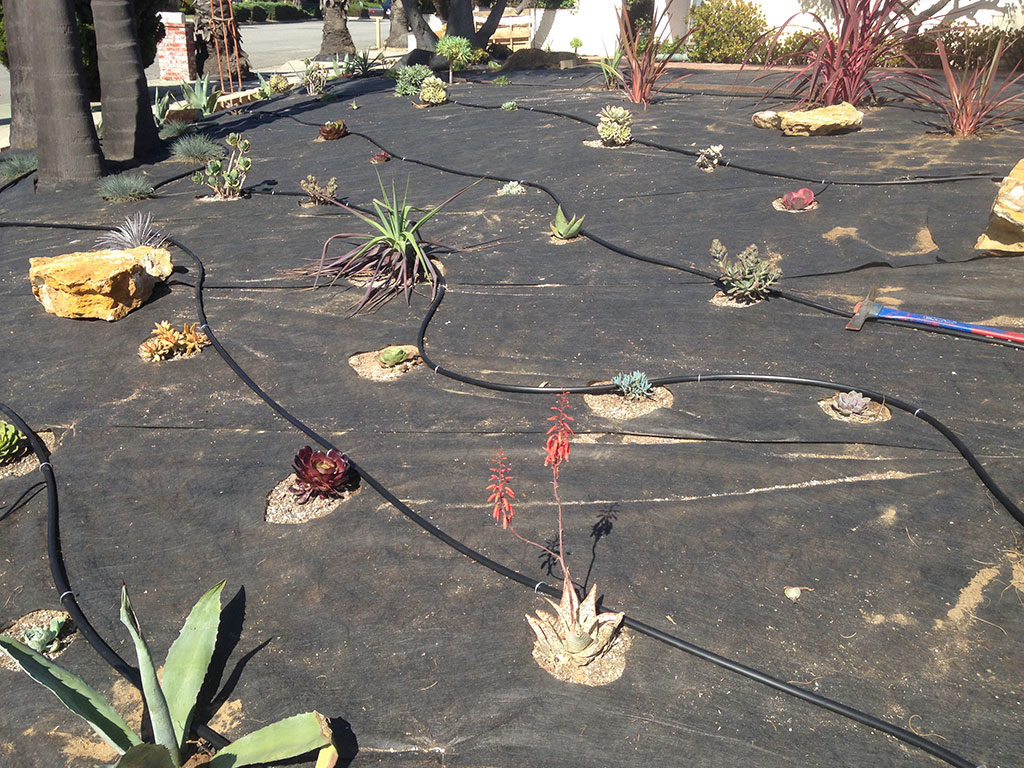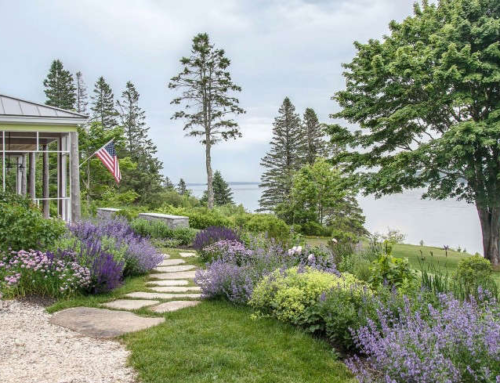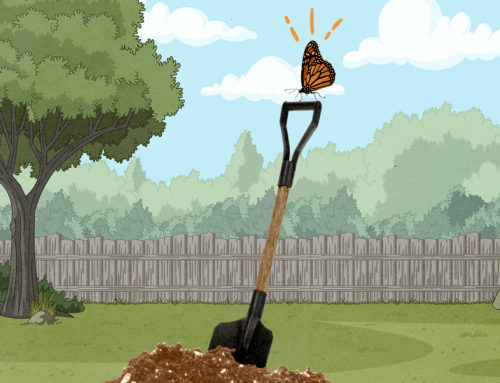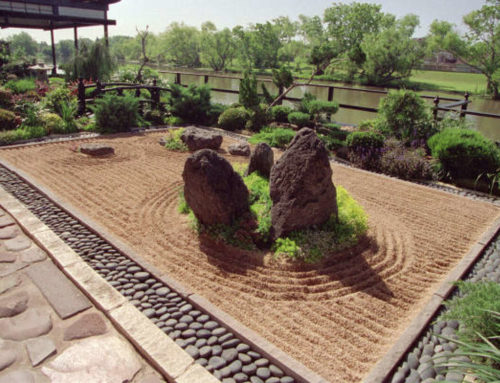

Gardening tips for sandy soil
In coastal areas like Santa Barbara, sandy soils are a reality that can bring frustration to even the most adept gardener. Fast draining and often lacking nutrients, the soil is also unworkable, falling apart easily due to its gritty makeup. However, having a beautiful garden in the sandy regions is not a lost cause. There are several ways to improve the growing conditions here, as well as work around them.
Amendments: Your local landscape professional can help you select the right organic material such as peat, compost, or vermiculite to help the soil retain water better and to up its nutrient content.
Irrigation: As difficult as this may be during times of drought, monitoring the soil moisture and irrigating frequently will go a long way in giving plants the water they need. Efficient watering practices are key to providing this vital resource to plants in sandy soils, particularly during restricted times. Water in the early morning or evening—never in the heat of day—to ensure good uptake before evaporation takes over. Also, provide water in short, frequent sessions to minimize runoff.
Drought tolerant plants: Plants that can handle times of drought and dry soils are best in the sandy garden. Succulents, in particular, will hold water reserves for extended periods and even thrive in these conditions.
Deep rooted plants: Plants with shallow roots, particularly trees, risk tipping over in sandy soils because the roots do not take hold enough to provide support. For example, trees such as spruce should be avoided, while some oaks have adequate root structure and drought tolerance to do well in sandy soils.
Taking this multi-faceted approach to dealing with sandy soils can be key in developing a beautiful coastal garden.







Leave A Comment
You must be logged in to post a comment.